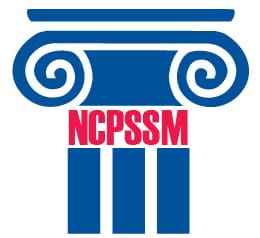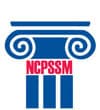New federal sick leave benefits working their way through Congress in response to the coronavirus will be administered through the Social Security Administration (SSA) — if proposed legislation is enacted in its current form. The House is poised to vote on this and other economic measures to alleviate Americans’ financial pain during the coronavirus epidemic.
Details of the relief package have been worked out by House Speaker Nancy Pelosi and Treasury Secretary Steve Mnuchin on behalf of the Trump administration, which is why the legislation is expected to pass both houses of Congress.
Under the new legislation, workers without employer-provided paid sick leave could apply for up to $4,000 in federal benefits through the Social Security Administration (SSA), with the following conditions:
*The worker has a current diagnosis of COVID-19.
*The worker is quarantined (including self-imposed quarantine), at the instruction of a health care provider, employer, or government official, to prevent the spread of COVID-19.
*The worker is caring for another person who has COVID-19 or who is under a quarantine related to COVID-19.
*The worker is caring for a child or other individual who is unable to care for him/herself due to the COVID-19-related closing of their school, child care facility, or other care program.
House leadership agreed to funnel federal benefits through SSA after the business community objected to the burden that employers would face implementing the program on their own.
The National Committee and other seniors advocates appreciate the need to provide federal paid sick leave during this time of crisis, but are concerned about the additional workload the program will impose on the already strained SSA. The agency’s operating budget was cut by more than 10% (adjusted for inflation) between 2010-2017, and has only recently begun to recover. Those draconian budget cuts forced layoffs and drastic reductions in customer service for everyday Social Security beneficiaries, who have had to endure interminable wait times on SSA phone lines, long delays for in-person service, outright closures of field offices, and years-long delays for Social Security Disability (SSDI) hearings. Thousands of disabled applicants have died awaiting those hearings.
For these reasons, Congress should appropriate at least $1 billion in increased operating funds for FY 2021. That would represent a healthy 7% boost – more than double the $480 million in the Trump administration’s own budget for 2021. Only with those additional operating funds can SSA reasonably be expected to handle the growing workload of serving retiring Baby Boomers plus the new burden of processing paid sick leave claims by millions of workers.
SSA is largely funded through workers’ payroll contributions in order to administer their earned retirement, disability, and survivor’s benefits. The agency typically does not handle anything unrelated to Social Security, Supplemental Security Income (SSI), and some aspects of Medicare. SSA is one of the most efficient federal agencies, spending only 1% of workers’ Social Security payroll contributions on overhead costs.
Here are some of the other key features of the draft legislation:
*Benefit amount: Two-thirds of the individual’s average monthly earnings (based on the most recent year of wages or self-employment income for which records are readily available), up to a cap of $4,000.
*Program and benefit period: The benefits will be available for leave that occurs from January 19, 2020 (the date of the first U.S. COVID-19 diagnosis) through one year after the bill’s enactment.
*Retroactive benefits: Benefits can be paid retroactively, and applications can be filed up to 6 months after enactment.
*Application: Applications will be taken online, by phone, or by mail. Individuals will not visit SSA field offices to apply. Payments will in most cases be issued electronically.
*Program integrity: Applicants must attest that they meet the criteria for eligibility and existing penalties for fraud or misrepresentation with regard to Social Security benefits are applied to the federal emergency paid leave benefits program.
It is imperative that the federal government enact paid sick leave benefits in order to encourage workers with symptoms to stay home and keep the disease from spreading, and to spare those workers from undue financial pain during the coronavirus epidemic. Congressional leadership has decided that SSA is the best option for paying out those benefits. Now Congress must ensure that the agency has the financial resources it needs to administer the new program, while continuing to improve customer service for the 63 million Social Security beneficiaries who already depend on it.


